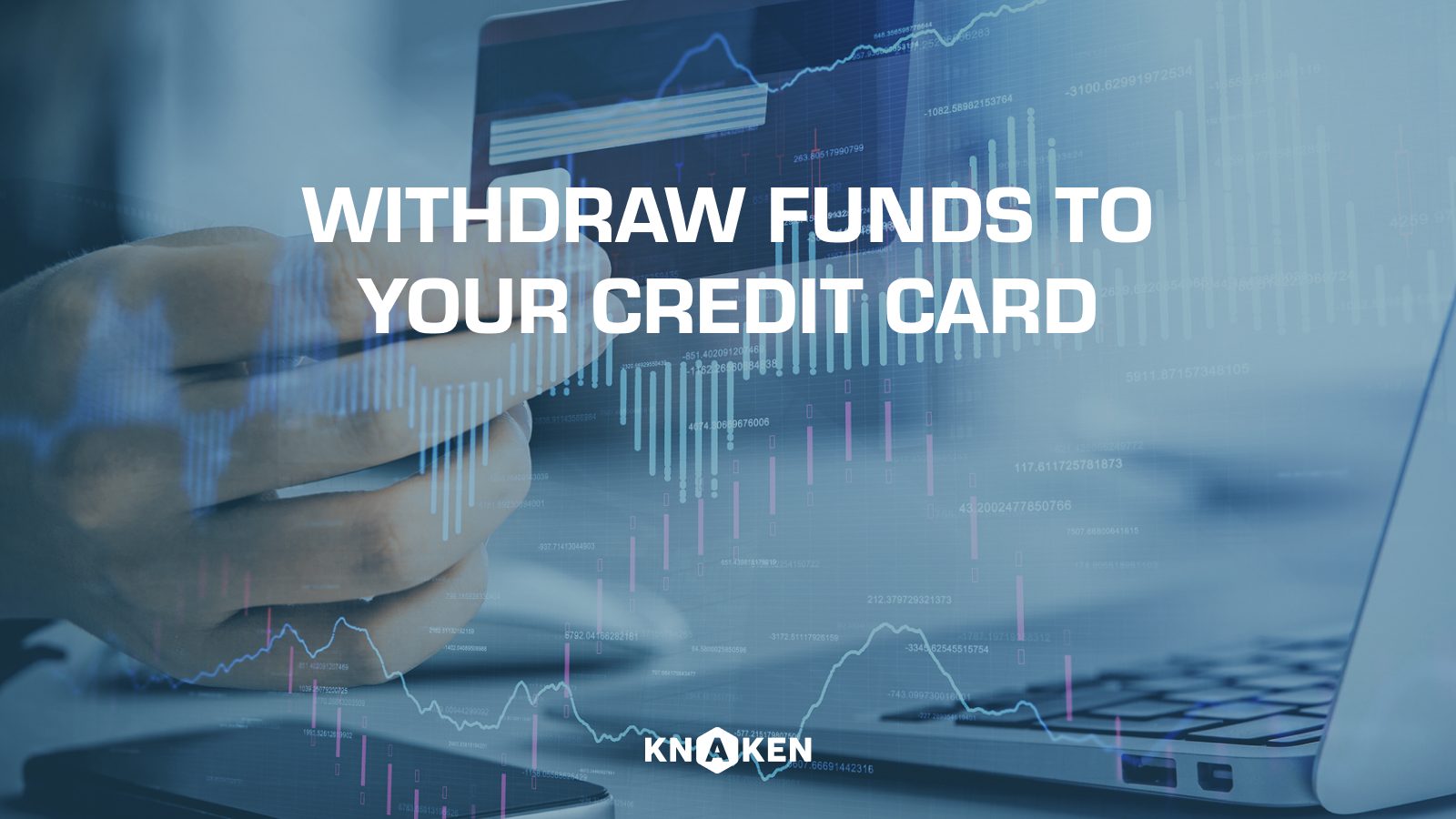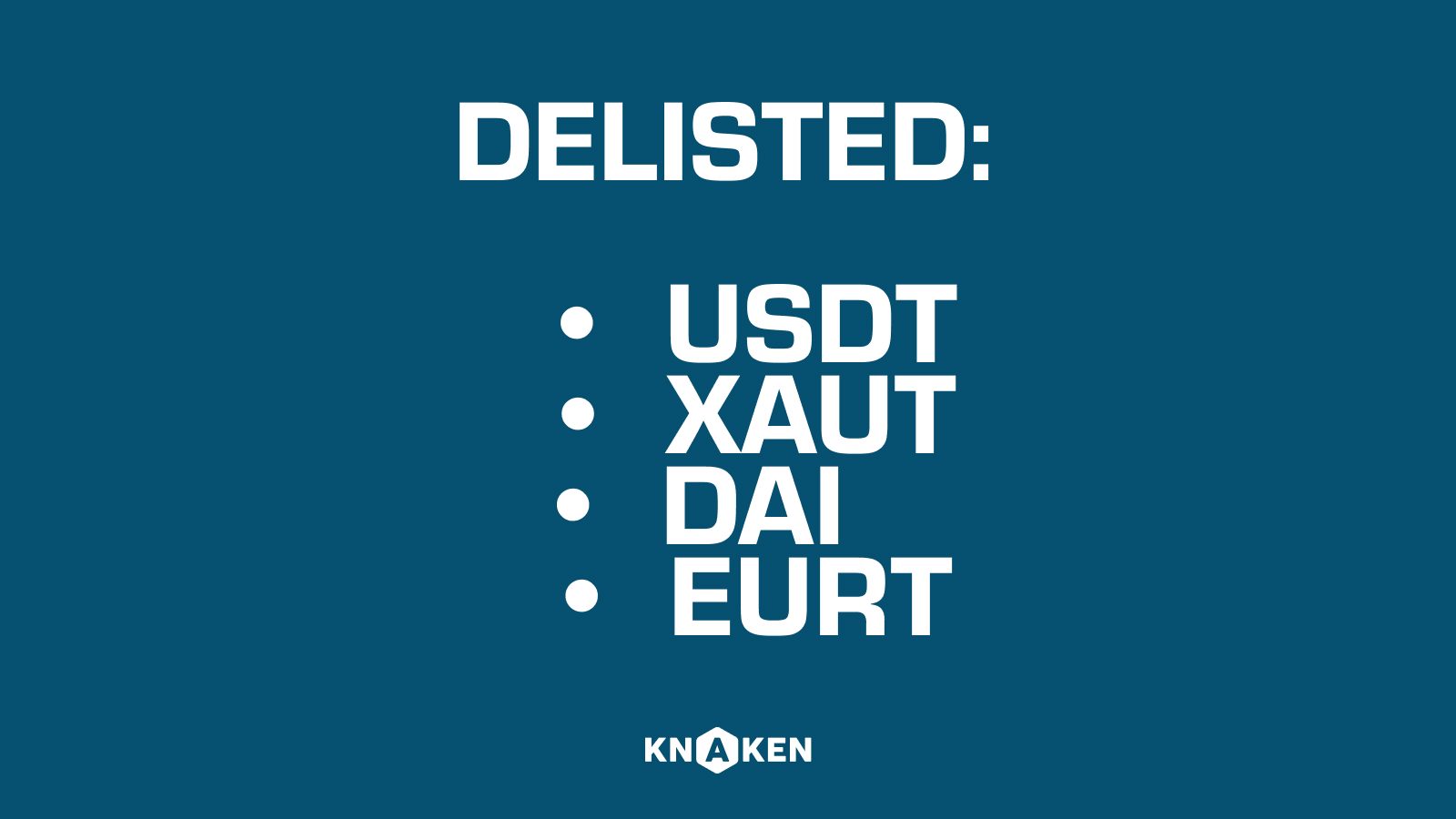BRC-20: Understanding the Cryptocurrency Standard
Introduction to BRC-20
BRC-20 is a token standard that operates on the Bitcoin blockchain, designed to facilitate the creation and transfer of fungible tokens. This standard emerged as a response to the growing demand for more complex token functionalities within the Bitcoin ecosystem, similar to the ERC-20 standard in the Ethereum network.
Origins of BRC-20
BRC-20 was proposed as part of a broader initiative to expand the capabilities of Bitcoin beyond simple transactions. The motivation for developing this standard includes:
- Enhanced Functionality: Allowing developers to create tokens that can be utilized in decentralized applications (dApps).
- Interoperability: Enabling the creation of tokens that can interact with existing Bitcoin infrastructure.
- Community Driven: Encouraging collaboration among developers to innovate on the Bitcoin blockchain.
Technical Specifications of BRC-20
BRC-20 tokens are built on the Bitcoin network, utilizing unique features that differentiate them from other token standards. Key specifications include:
- Fungibility: BRC-20 tokens are interchangeable, ensuring that each token holds the same value and can be replaced by another token of its kind.
- Smart Contracts: While Bitcoin does not natively support complex smart contracts, BRC-20 enables limited programmability through multi-signature wallets and other mechanisms.
- Transaction Fees: Utilizing Bitcoin’s existing fee structure, BRC-20 tokens benefit from the network’s robust security and decentralized nature.
Comparison Between BRC-20 and ERC-20
When comparing BRC-20 to the widely used ERC-20 standard on Ethereum, several differences and similarities emerge:
- Blockchain: BRC-20 operates on the Bitcoin blockchain, while ERC-20 operates on Ethereum.
- Token Creation: Both standards allow for the creation of fungible tokens, but BRC-20 incorporates Bitcoin’s unique transaction model.
- Developer Tools: ERC-20 has a more developed ecosystem of tools and libraries, while BRC-20 is still evolving.
- Popularity: ERC-20 is more widely recognized, but BRC-20’s growth indicates an increasing interest in Bitcoin-based token applications.
Use Cases for BRC-20
The BRC-20 standard opens various opportunities for innovation within the Bitcoin blockchain. Potential use cases include:
- Decentralized Finance (DeFi): Creation of BTC-backed loans or yield farming platforms.
- Non-Fungible Tokens (NFTs): Development of unique assets that can represent ownership of digital art or collectibles.
- Loyalty Programs: Businesses can issue loyalty tokens that incentivize customer engagement.
- Gaming: Integration of fungible tokens into blockchain-based games.
Challenges and Limitations of BRC-20
Despite its advantages, BRC-20 faces several challenges:
- Complexity: The implementation of BRC-20 can be more complex due to Bitcoin’s limited contract capabilities.
- Adoption: Gaining traction within the broader cryptocurrency community poses a challenge.
- Competition: Competing with established standards like ERC-20 and emerging alternatives can hinder growth.
Conclusion
BRC-20 represents an innovative step in the evolution of Bitcoin, allowing developers to create fungible tokens that harness the security and reliability of the Bitcoin blockchain. As the ecosystem continues to grow, BRC-20 could potentially reshape how tokens are utilized on the world’s leading cryptocurrency by market capitalization. Developers and investors alike should keep a close eye on this emerging standard for future opportunities within the Bitcoin space.


















